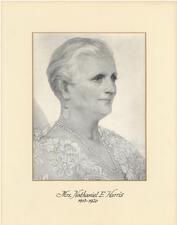Religion
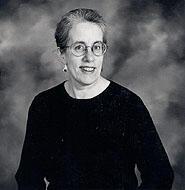
Maralee Gordon
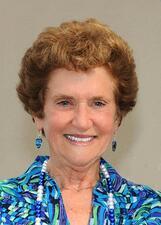
Jackie Gothard
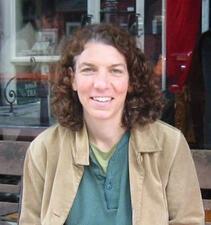
Sally Gottesman
Sally Gottesman, born 1962 in New Jersey and residing in New York, is a non-profit entrepreneur whose leadership and philanthropy have had a major impact on the Jewish feminist and justice landscape.
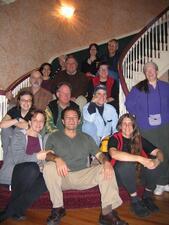
Lynn Gottlieb
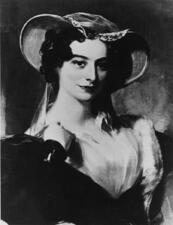
Rebecca Gratz
Richea Gratz
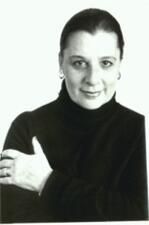
Blu Greenberg
Blu Greenberg is known as the mother of Orthodox feminism and is author of On Women and Judaism: A view from Tradition. She coined the phrase “Where there’s a rabbinic will, there’s a halakhic way,” demanding that rabbis find systemic solutions to help women who feel trapped by aspects of halakhah. Greenberg is a fierce advocate for agunot, women trapped in unwanted marriages.
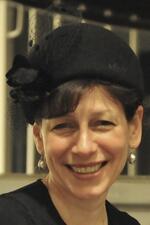
Tina Grimberg
Pam Grossman

Susan Grossman

Sidonie Matsner Gruenberg

Florence Shloss Guggenheim

Habsburg Monarchy: Nineteenth to Twentieth Centuries
Jewish women in the Habsburg Monarchy experienced the stresses and strains of nineteenth- and twentieth-century Jewish life as Jews, as women of their particular social classes, and as inhabitants of the different regions of the Monarchy. In some regions, they modernized and acculturated, but the overwhelming majority remained deeply pious, traditional Jews.
Hadassah (Spira Epstein)
Hadassah Spira Epstein was a major dance artist of the twentieth century, a performer of Jewish, Hindu, and other ethnic dance forms, and a leading force in presenting the dance of other cultures to the American public. She was a pioneer in bringing Jewish dance to the United States and was recognized as such in the first U.S. Congress on Jewish Dance held in New York City in 1949.
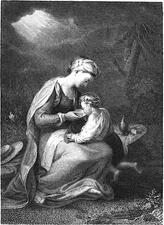
Hagar: Bible
Hagar is Sarah’s Egyptian slave woman, whom Sarah gives to Abraham as secondary wife and who would bear a child for him. After Hagar becomes pregnant, Sarah treats her harshly. Eventually Hagar flees from her mistress into the wilderness, where God’s messenger speaks to her. Hagar has long represented the plight of the foreigner, the slave, and the sexually abused woman.

Hagar: Midrash and Aggadah
Hagar is the subject of much interpretation by the rabbis, who portray her as a spiritual and even righteous woman. The rabbis often depict her relationship with Sarah as harmful and fractious, though some traditions identify her with Keturah, taken as a wife by Abraham in Gen. 25:1; in this interpretation, after their divorce she remarried Abraham after Sarah’s death.
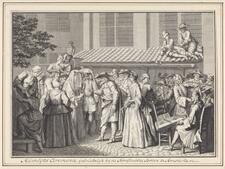
Halakhic Decisions on Family Matters in Medieval Jewish Society
Across the medieval Jewish world, rabbis used takkanot (rabbinic decrees) to address urgent needs in family life among their Jewish communities. These takkanot are key historical sources for understanding the changing roles of women in the medieval Jewish world.
Käte Hamburger
Käte Hamburger was a German literary scholar and philosopher who developed a philosophical theory of literature.
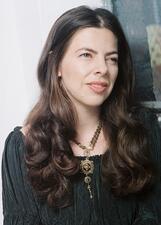
Jill Hammer
Hamutal: Bible
Hamutal was one of the queens of the Kingdom of Judah and had a great deal of influence over her sons’ reigns.

Hannah Mother of Seven
The mother of seven is a nameless figure from II Maccabees who was arrested and died along with her seven sons for defying the decree of the Seleucid monarch to transgress the commandments of the Torah. Her death is retold in rabbinic and medieval literature, where she is named both Miriam and Hannah.
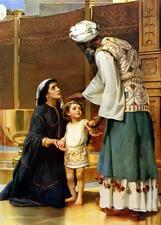
Hannah: Bible
Hannah, the second and barren yet preferred wife of Elkanah, promises to return her child to YHWH if he grants her a son. Her prayers are answered, and she follows through on her pledge to YHWH. Hannah’s narrative emphasizes the importance of fertility and childbirth in Israeli artistic narratives and presents a portrayal of an independent and resourceful woman.

Hannah: Midrash and Aggadah
Hannah is depicted by the Rabbis as a righteous woman who was devout in her observance of the commandments and tested by God through her infertility. Her story is the basis for much of the rabbinic conception and rules of prayer.

Haredi Women's Filmmaking in Israel
In the early twenty-first century, Haredi cinema began to flourish, first in Israel and then in the United States and elsewhere. Haredi women have made films that focus on relationships among women, that are often much more aesthetically elaborate than Haredi men’s films, and that address issues that until recently were considered taboo.
